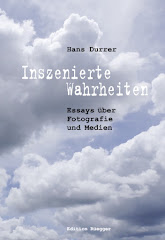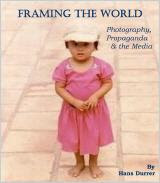On 19 October 2009, the New York Times published an interesting piece by Errol Morris on photo-fakery and the FSA. Here's how it begins:
James Curtis, a professor emeritus at the University of Delaware, in 1991 published a revisionist history of FSA photography, “Mind’s Eye, Mind’s Truth: FSA Photography Reconsidered.” Curtis’s thesis was simple. “The bitter reality” of the Farm Security Administration (FSA) photographs was not the result of clinical, photographic field work: “The realism was deliberate, calculated, and highly stylized.” According to Curtis, many of the most famous of the FSA photographs — Walker Evans’ interior of the Gudger home in Hale County, Ala. (which appeared in Evans’s collaboration with James Agee, “Let Us Now Praise Famous Men”), Arthur Rothstein’s “Fleeing a dust storm” and the most famous photograph of all, Dorothea Lange’s “Migrant Mother” — were all arranged, staged and manipulated.
For the full text go here
Thursday 22 October 2009
Subscribe to:
Post Comments (Atom)



















2 comments:
Interesting Hans, the James Curtis - (Walker Evans) issue that we discussed a year ago in Finland. What are your thoughts on it today?
As long as I'm told how a certain photo came about (given the Russian proverb: "He lies like an eyewitness", ideally by more than one person), I have no problem with arranging, staging etc.
Post a Comment